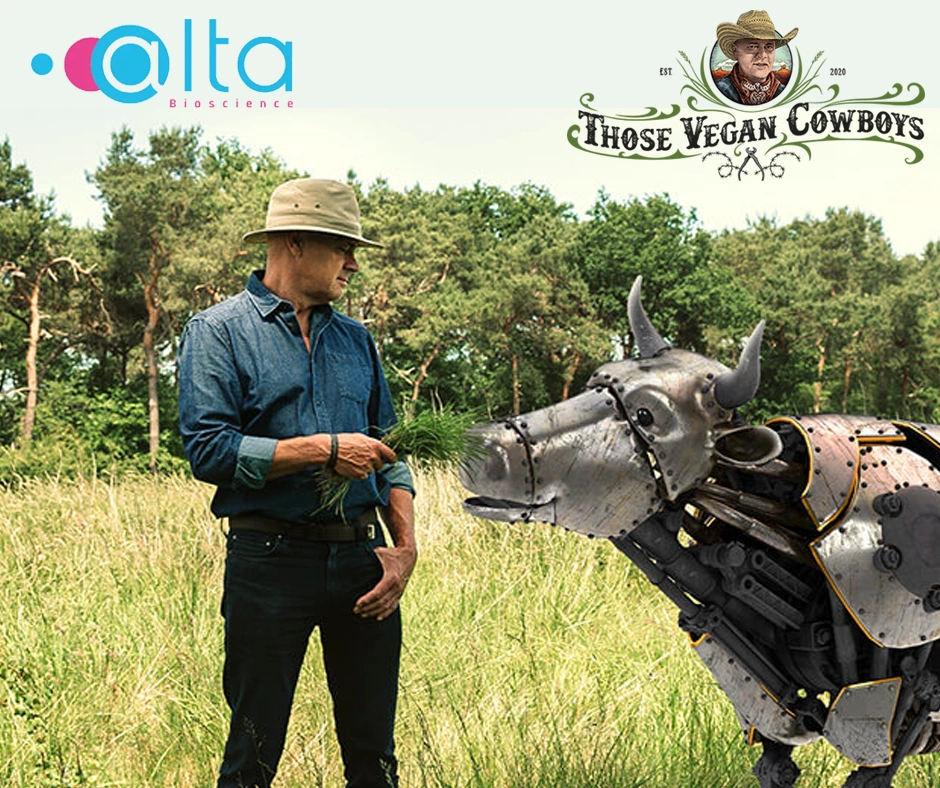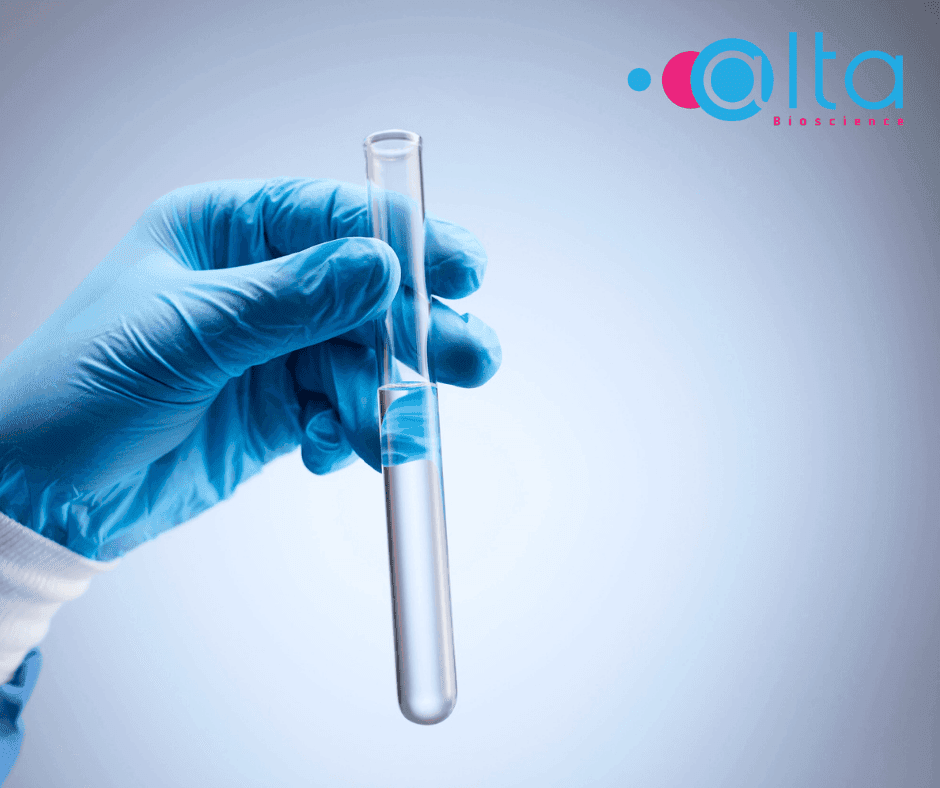Comparability of Meatly’s Cultivated Meat Pet Food to Traditional Chicken Through Amino Acid Analysis
Background
AltaBioscience was one of the first UK companies to achieve ISO17025:2017 UKAS accreditation for Amino Acids Analysis of food and drink, animal feed and other complex matrices. Over the years the range of sample types and industry requirements have expanded. In response to global challenges in food production, there is growing demand for amino acid quantification services from companies in the cellular agriculture and precision fermentation sectors, as they work towards more sustainable food systems.
Our methods are fully validated for all sample types, giving customers confidence that the results provided are highly accurate and consistent, an important factor when submitting dossiers for regulatory approval of their products.
Meatly is a UK-based company that uses cellular agriculture technologies to create sustainable, ethically produced, meat products for the pet food industry. In July 2024, Meatly obtained regulatory clearance from UK authorities, including the Food Standards Agency (FSA), the Department for Environment, Food and Rural Affairs (DEFRA), and the Animal and Plant Health Agency (APHA), allowing them to sell cultivated meat for pet food. This approval made them the first company in the world to receive such authorisation.
This case study describes how AltaBioscience’s amino acid analysis service contributed valuable data to support Meatly’s regulatory approval process, demonstrating equivalent nutritional status of their cultivated meat to traditional sources.
The Process of Cultivated Meat Production
Cultivated meat is produced by growing animal cells in a controlled environment, an alternative to raising and slaughtering animals. The process begins by harvesting a small sample of animal cells from a fertilised egg or living animal, a non-invasive process that does not harm the animal. These cells are often stem cells or muscle cells due to their ability to proliferate and differentiate into muscle fibres. The cells are then placed inside a bioreactor in nutrient-rich cell culture media to support cell growth. The bioreactor is carefully controlled to maintain the ideal temperature, pH levels, and oxygen supply, ensuring optimal growth conditions for the cells. Over time, these cells proliferate, multiplying in number, and then harvested. The tissue is removed from the bioreactor and processed into the final product which can be shaped, flavoured and cooked just like conventional meat, creating nutritious meat products.
Growth Media Optimisation Using Amino Acid Analysis
Studies have demonstrated that using just one type of cell culture medium is not suitable for culturing multiple cell types in cultivated meat production (O’Neill et al. 2022), as the amino acid requirements of different cell types can vary significantly. For Meatly, creating an optimised cell culture medium, tailored to the specific amino acid requirements of their chicken cells was an important step in the development process.
As cells grow and divide in culture, they consume nutrients, including amino acids, from the growth media. This depletion of amino acids can result in suboptimal conditions for further cell proliferation, and can even result in cessation of cell growth.
Using AltaBioscience’s highly accurate quantitative amino acid analysis service, Meatly were able to analyse the spent cell culture media throughout the production process. This provided valuable information on the consumption patterns of specific amino acids by the chicken cells, identifying those that were optimal to growth and proliferation, allowing for monitoring and fine tuning to improve cell yield, consistency, and the overall quality of the product. The identification of cell specific consumption rates during the production has contributed to optimisation of amino acid supplementation and medium improvement.
Demonstrating Optimal Nutrition in Pet Foods
In total, there are 22 amino acids that pets require. Twelve of these are classified as non-essential amino acids and can be synthesised by pets, the remaining 10 must be obtained through the diet, and are called essential amino acids. An imbalanced proportion of amino acids will affect their utilisation, and absorption of other nutrients, leading to a series of health problems.
For pet owners, it is essential to know that the food they are feeding their animals is healthy and nutritious, containing all the key nutrients that will help keep their pet healthy and active.
Chicken meat is considered a high-quality protein source because it contains all the essential amino acids in a balanced ratio:
- Histidine
- Isoleucine
- Leucine
- Arginine
- Tryptophan
- Lysine
- Methionine
- Phenylalanine
- Threonine
- Valine
Using the data generated by AltaBioscience, Meatly were able to compare the amino acid profile of their cultivated chicken to that of traditionally reared chicken, proving that the amino acid profile of these cells was consistent and contained all the essential amino acids required for pet health.
Above: Amino Acid Profiles of Meatly Chicken Compared with Chicken Breast.
Regulatory Compliance
Rigorous quality control is vital for cultivated meat products to adhere to the stringent quality and safety standards set out by the FSA and DEFRA.
To submit a dossier for regulatory approval, Meatly required the chemical properties of their cultivated chicken products to be profiled, including amino acid levels.
The highly accurate amino acid analysis service provided by AltaBioscience ensured that the data generated stood up to rigorous scrutiny during the regulatory approval process, contributing to the overall outcome that Meatly’s pet food products are healthy and safe for pet consumption.
Conclusion
“We are proud to have collaborated with Meatly’s Bioprocess Scientists, supporting their cell culture optimisation processes”, says Sarah Hawker, Head of Amino Acid Analysis at AltaBioscience. “It’s truly satisfying to have contributed to their journey, and we look forward to assisting many more customers in the cultivated meat industry in the future, helping to make sustainable and ethically produced meat and alternative protein products mainstream.”
“Through medium optimization, we are able to support our cells with essential nutrients based on their needs. Alta bioscience has provided essential insight into amino acid consumption rates of our cells and thus contributed to the continuous process development within Meatly.”




